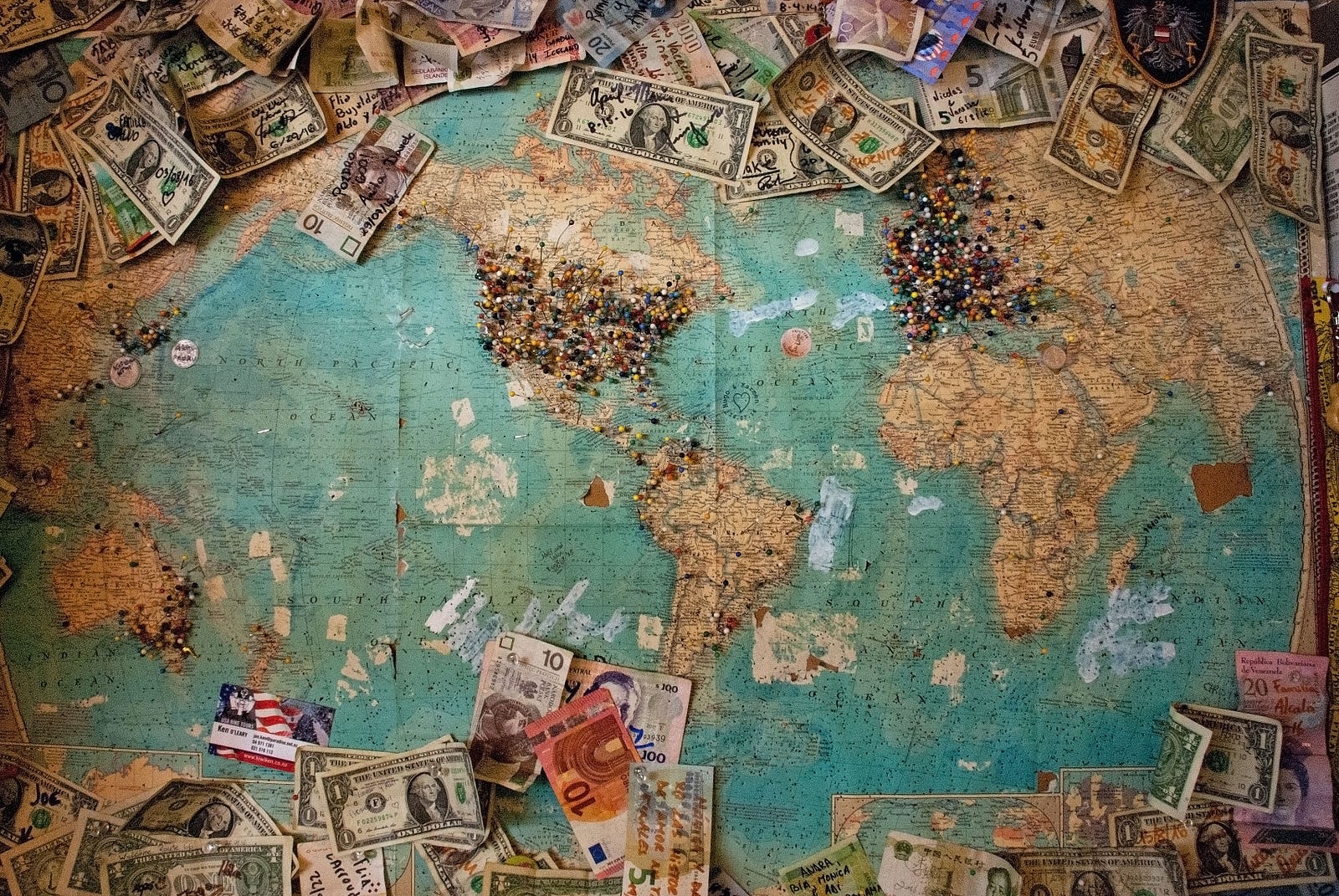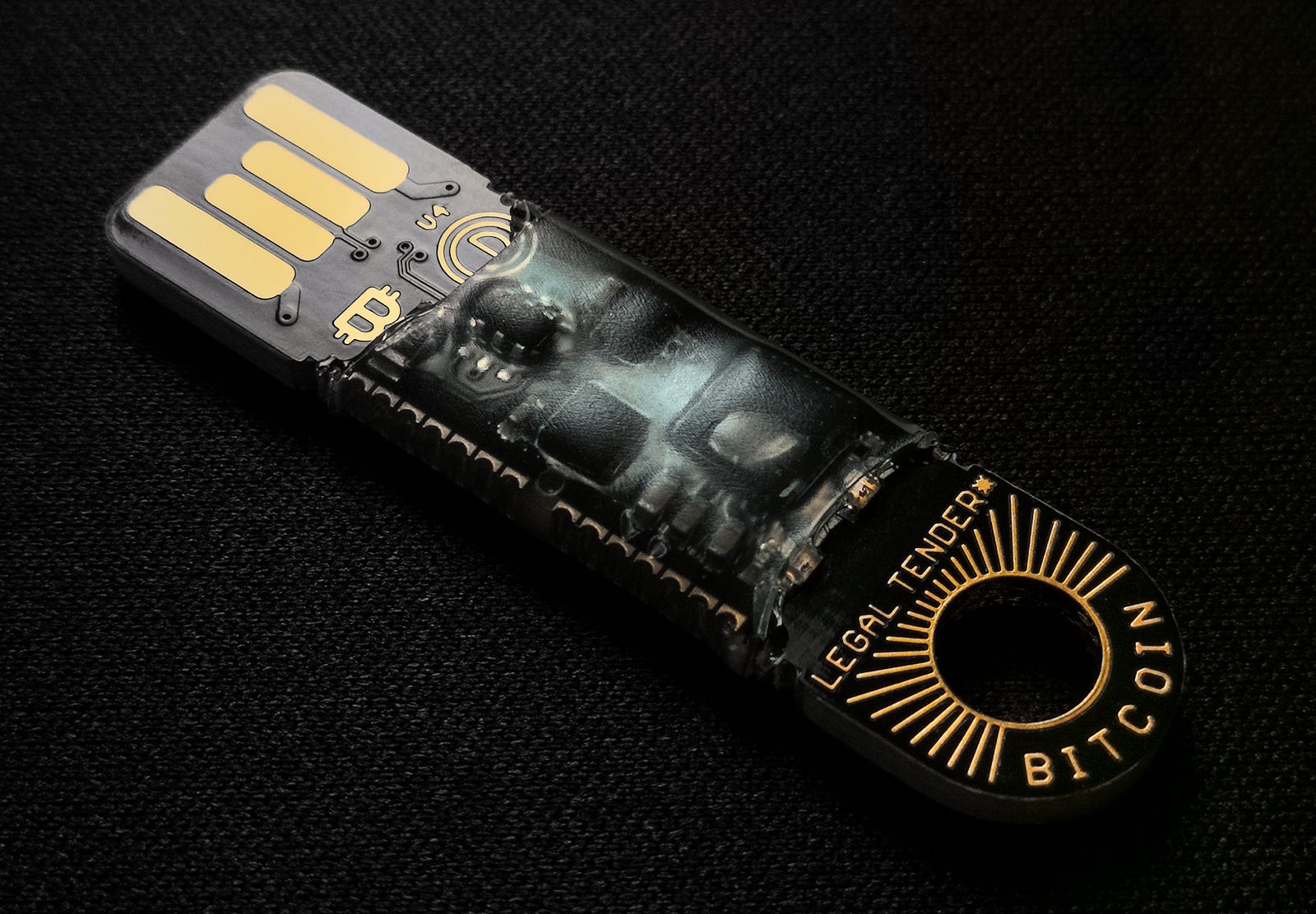Centralized vs Decentralized & Paper vs Digital

Just before the Civil War in the U.S. there were around 8000 different local currencies in use(Smithsonianmag, 2012). Also unlike today, two neighbor countries weren’t supposed to use U.S. Dollars to trade with each other back then. Actually, it wasn’t until 1914 that The Federal Reserve Board issued the first federal note in the form of a ten-dollar bill (Investopedia, 2019). It must be the humankind’s short-term orientation that we feel like there can’t be any money and monetary policy without central banks and an all-seeing government regulating it.
Let’s admit it! Something is not right here!
Today, Covid-19 has hit us pretty hard both in health and economy, but it was already before that a search for an alternative monetary system has begun. The financial crisis in 2008 has revealed many faults of the existing system. Something was obviously not right back then as well, yet all the banks which caused the crisis, to begin with, thanks to their endless greed, has been awarded and bailed out by non-backed U.S. Dollars, Euros, etc. and even most of the bank CEOs kept their seats by putting the blame on a couple of scapegoats.
I don’t claim that the banks didn’t improve their KYC’s, didn’t start doing better due diligence when issuing a loan, or didn’t reduce their risk appetite not have the same crisis again, but this was not just about banks anymore. Since 2008, the financial injustice between different socio-economic classes kept growing, the government kept bailing out failed enterprises with taxpayers money and in this latest crisis, all central governments got in a race to print an unlimited amount of money to announce bigger stimulus packages than the others.
The first working digital money experiment: Bitcoin!

I won’t get into the details of Bitcoin here, but it’s fair to admit that it has been the first successful and functional digital currency experiment. Since its white paper was submitted in 2009 for the first time, it was able to show that the decentralized, self-regulated, fully digital money with an algorithmic inflation rate is actually possible and can fix many problems.
Like all exciting trends(ex. internet bubble in 1999), Bitcoin’s success has attracted a huge amount of capital and skills in the industry, which leads to the crypto-mania in 2017 when almost all cryptocurrencies with false promises got absurd valuations and inevitably followed by a crash causing most of them to lose up to 99% of their ridiculous values. The important part here is that some people and capital actually stayed in after the bubble burst and started developing lots of interesting decentralized financing tools and systems, this time with well-deserved valuations. Now the countries and even IMF is trying to issue their own cryptocurrencies. Despite their desire to keep the centralized nature of money, which will leave half of the problem unsolved, these developments proved the success of this experiment one more time.
Other proof to the need for alternatives
Obviously Euro was not there when people needed it most in this Covid-19 crisis and a small town in south Italy’s Molise region, called Castellino del Biferno has issued its local currency called “Ducati” to support its local businesses. The “Ducati” banknotes are printed locally and distributed to the 550 residents in accordance with their economic needs(Euronews, 2020).
The lack of access to Euro also caused a fight in the EU. Italy proposed that the EU issue “corona bonds”: debt instruments that would allow all single-currency-using nations to borrow collectively, but the countries like Germany and Netherlands who didn’t want to risk their strong credit ratings opposed the proposal (The Guardian, 2020). All countries focused on their national interests rather than the EU’s common interest and Brussels is nowhere to be found these days to support the countries that need their presence more than ever.
One final aspect of the title: Paper
The epidemic has not just accelerated the discussions on money being centralized vs decentralized but also paper vs digital money have also been a major topic since paper money is considered to be a way to transmit the viruses from one hand to another. So, the digital transformation in payments has made its biggest jump in a long while. Contactless and QR code payments became the preferred way, opening the doors to cashless societies. We can discuss the pros and cons of fully digital money in another piece and how it can enable totalitarian regimes to have full control over their citizens if issued by central mechanisms, but the transition towards digital seems unpreventable for now, one way or another.
There were already trends in pre-COVID-19 days but the virus certainly killed some, delayed others, and accelerated most. Some of these trends showed that they came to stick around for good. Therefore, we cannot turn a blind eye to the shift from centralized to decentralized and paper to digital and should already embrace them as the norms of tomorrow.
Be safe and healthy!
This piece is originally published in Medium!
Subscribe to my newsletter to get the future articles in your mailbox!
Disclaimer: This article is provided for informational or educational purposes only and is not any form of individualized advice. Use this information at your own risk.
